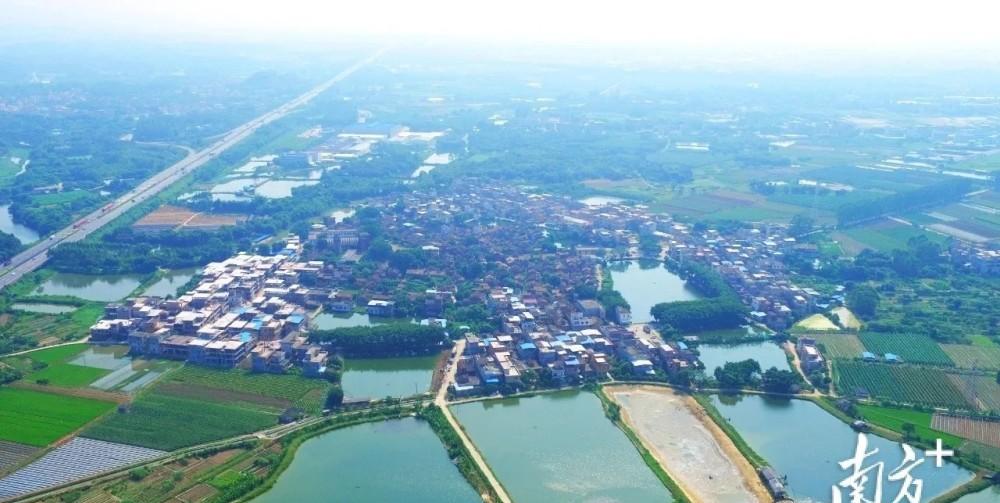Recently, the Guangzhou Society of Cultural Relics and Museums, the Guangzhou Institute of Cultural Relics and Archaeology, the Nanyue King Museum, and the Guangzhou Museum jointly held a press conference to officially announce the selection results of "Guangzhou Archaeology 100 Cultural Relics and Ten Important Discoveries". The site of Jinlan Temple in Shitan Town, Zengcheng District, excavated from the late Neolithic faience pottery bowl and so on was selected as one hundred pieces of cultural relics in Guangzhou Archaeology, and the site of Jinlan Temple in Shitan Town, Zengcheng District was selected as one of the top ten important archaeological discoveries in Guangzhou.
Jinlansi Village, located in Shitan Town, Zengcheng District, is a well-preserved ancient village in the Pearl River Delta region, with historical sites such as Yao's Ancestral Hall, Nanchi Library, and Mashi Laneway. Through this archaeological excavation, the site of Jinlan Temple is the earliest prehistoric site found in Guangzhou, the only prehistoric shell hill site found and surviving in Guangzhou, and the only red painted pottery site in Guangzhou that is about 6,000 years old.

The site of Kinransa Temple has cleaned 32 tombs (30 in the late Neolithic period and 2 in the Warring States period) in a recent archaeological excavation, and more than 30 human skeletons have been unearthed. The re-excavation of the site of Jinlan Temple has brought many ancient human activities back to light, and has also "excavated" more historical and cultural stories of Zengcheng, a "thousand-year-old county".
Yi Xibing, president of the Guangzhou Institute of Cultural Relics and Archaeology, previously believed in an interview that the site of Jinlan Temple provides extremely important materials for reconstructing the human social history of the late Neolithic period (around 4,000 years ago) around the Pearl River Estuary, and the 30 late Neolithic tombs that have been excavated, most of the skeletons are relatively well preserved, which is very rare in the Pearl River Estuary and even in the Lingnan region, which is of great significance to the study of the ethnic morphology and population migration interaction in the Pre-Qin period around the Pearl River Estuary. The site also provides important physical materials for studying the changes of the Pearl River Delta and the development of human-land relations in the Pearl River estuary area in the pre-Qin period.
At present, the vast majority of selected cultural relics are exhibited in museums such as the Museum of the King of Nanyue, the Museum of the Erling Tombs of the Southern Han Dynasty, and the Guangzhou Museum, and the public can go to the museum to watch. In the future, Guangzhou may consider gathering cultural relics from multiple museums, launching special exhibitions, and launching a series of public lectures around the "Ten Important Archaeological Discoveries" to popularize the history of Guangzhou to the public in a more vivid and vivid way.
[Southern Daily reporter] Zhu Weiliang
| related reading:
Unearthed 30 ancient human remains! What else was "dug" out of the ruins of Zengcheng Jinlan Temple?
【Author】 Zhu Weiliang
【Source】 Southern Press Media Group South + client